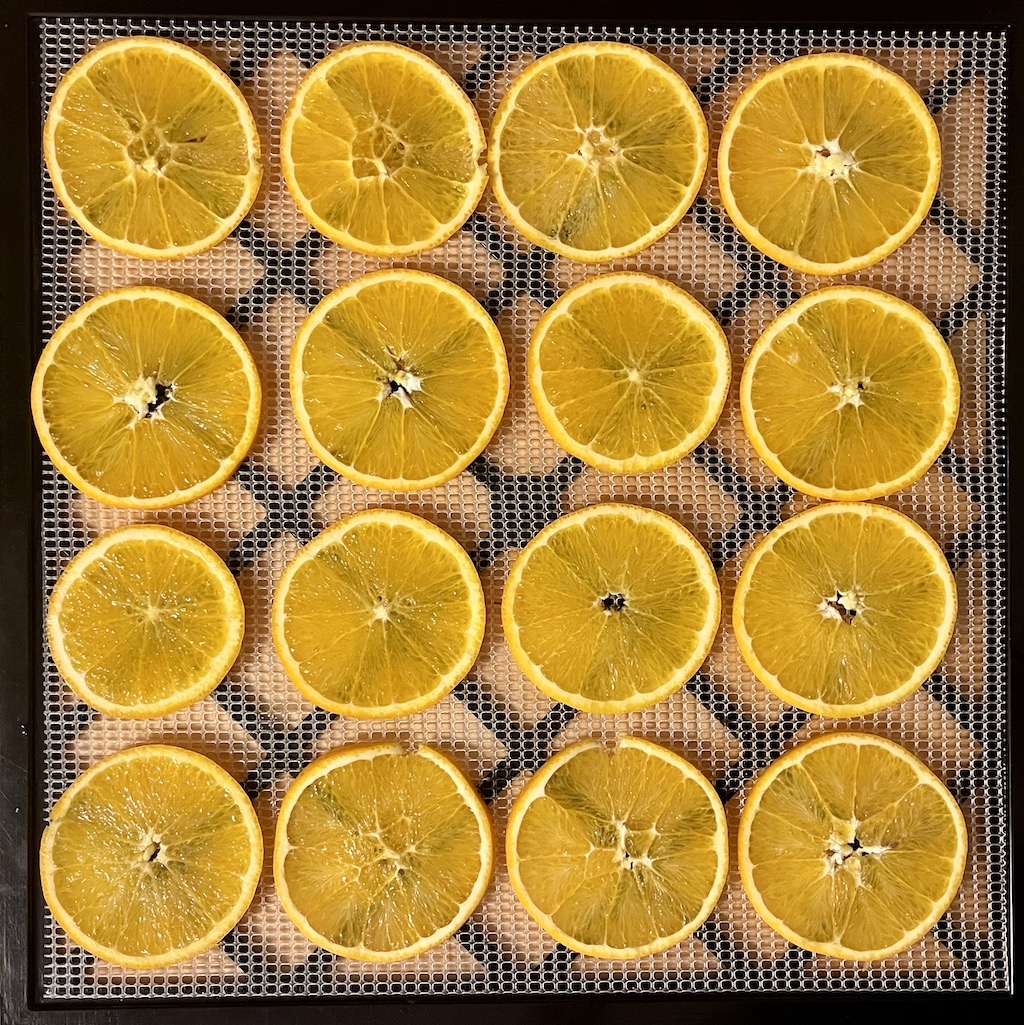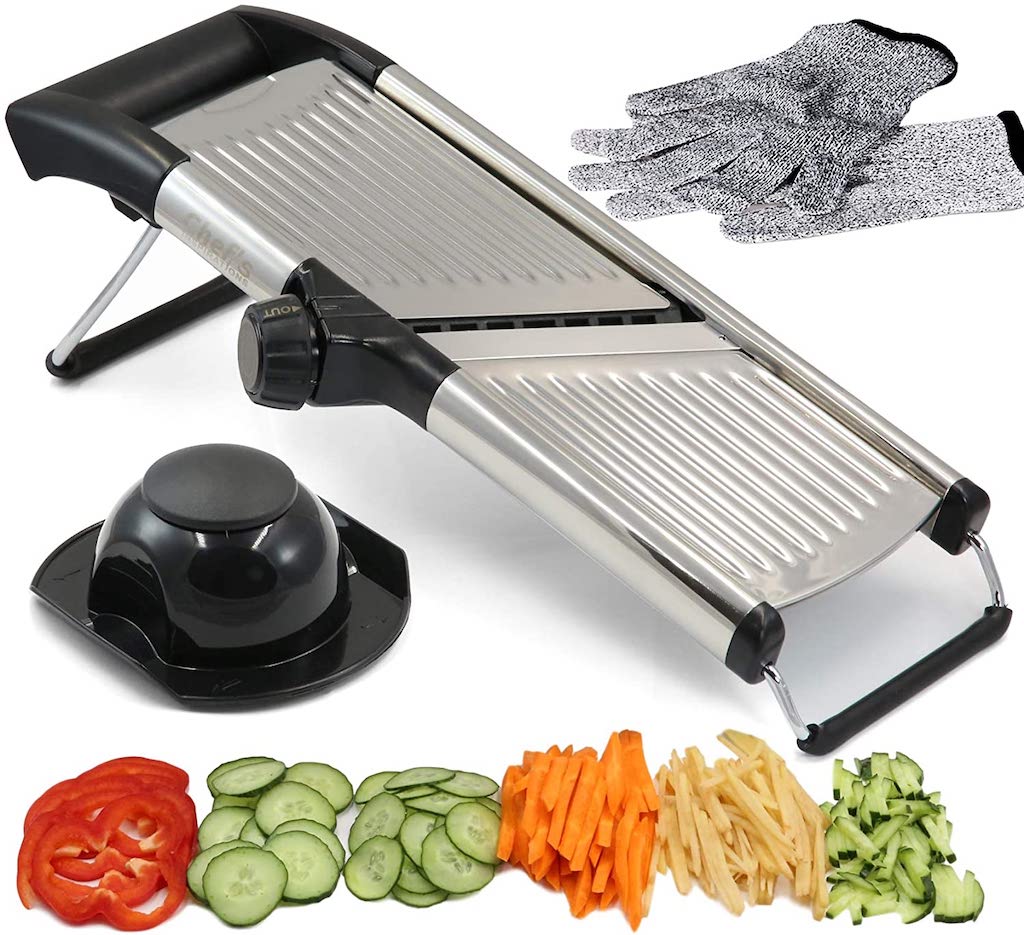Here you will find useful advice and tips for dehydrating food.
Placement of the dehydrator
It is important to choose a well-ventilated room for your dehydrator. Avoid placing it in a laundry room, closet, or any space with poor ventilation. For instance, I keep my dehydrator in the basement, but others may prefer having it in the kitchen.
When using a dehydrator to dry food, it releases the enticing aroma of the ingredients. This is especially delightful when drying fruits. I remember when I made fruit rolls with five different flavors, my house smelled like a sweet candy store! However, some foods have a strong and pungent odor, such as cod, onions, celery, broccoli, and more. In such cases, it is advisable to place the dehydrator in a location like the garage or basement, rather than the kitchen, to avoid the intense smells permeating the entire living space.
Drying time
It is impossible to provide a fixed drying time for both meals or individual fruits and vegetables. The drying time depends on various factors, including:
- Type of machine used
- Placement of the food dehydrator
- Humidity levels in the environment
- Frequency of opening the food dehydrator – each time you open it to check the food, the drying time increases slightly
- Whether the products are organic or from your own garden, as they may contain higher moisture levels and require longer drying times
Therefore the drying time varies for each specific product, and I can only provide an approximate estimation. It is important to monitor the drying process and make necessary adjustments to the drying time accordingly.
Hygiene
It’s important to keep the kitchen countertop clean when handling food. Make sure all the equipment you use is clean, and give fruits and vegetables a good wash.
Uniform slice thickness
When slicing fruits and vegetables, aim for slices of the same thickness. This helps ensure that everything dries evenly. I personally use a mandoline slicer for this.


Pre-treatment of fruit
Some types of fruit can turn brown when dried. To prevent this, you can dip the fruit slices in lemon juice, pineapple juice, or orange juice mixed with water. This simple step helps the fruit maintain its vibrant color. If you want to learn more about drying fruit, you can find helpful information here.
Pre-treatment of vegetables
Certain vegetables require blanching prior to drying, while others can be dried directly without any pre-treatment. For more information on drying vegetables, please check out this page.
When is the food considered dry?
You can determine if the fruit is dry by cutting into the slices. If no moisture is released and they have a leathery texture, they are dry. Fruit rolls may be slightly sticky but should easily detach from the drying sheets. Vegetables should be completely dry. The general rule is that it’s better to dry them for a little longer than to dry them too briefly. It is recommended to store dried fruit and vegetables in a glass jar during the first week. During this time, you can shake the jar daily. If the fruit or vegetables stick together, they are not sufficiently dry. If condensation occurs or they feel moist, they should be returned to the food dehydrator.
Storage of dried food
The storage of dried food is affected by factors such as light, heat, moisture, and air. To ensure optimal preservation, it is recommended to store dried food in an airtight container, in a cool and dark location, preferably vacuum-sealed. Visit the page about shelf life and storage for more information (page is under construction).
Storage of a complete meal
When storing a complete meal composed of different ingredients, it is essential to prioritize the ingredient with the shortest shelf life. By doing so, you ensure that the overall meal remains fresh and safe to consume.
